Sélectionnez ce type de licence lorsque vous développez une application pour iOS, Android ou Windows Phone et que vous intégrez le fichier de fonte dans le code de votre application mobile.
Sassoon Sans®
par Sassoon-Williams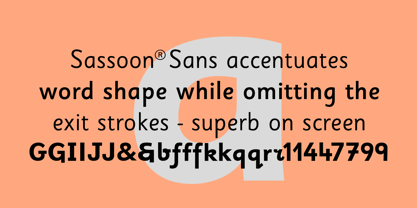
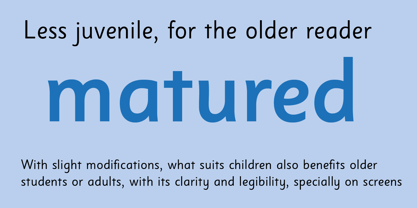
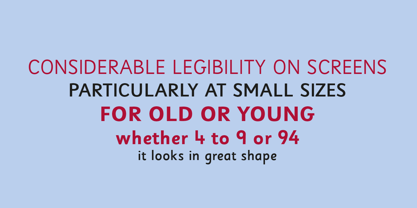
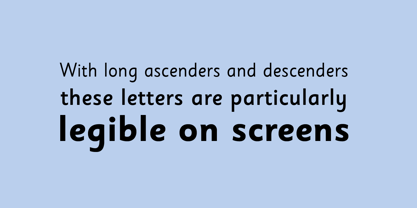
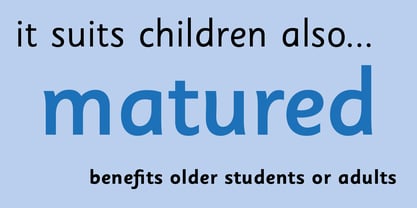
- AaGlyphs
-
Meilleure offreOffres familiales
- Styles individuels
- Spécifications techniques
- Licences
Par style :
$48.00
Paquet de 3 styles :
$144.00
A propos de Sassoon Sans Police Family
Une version plus mature de police , qui conserve la clarté des caractères Sassoon qui accentuent la forme des mots, tout en omettant les traits de sortie. Une alternative plus lisible aux caractères sans empattement standard - superbe à l'écran. De nombreuses lettres alternatives sont incluses dans chaque police. Une police de caractères conçue pour l'écran d'ordinateur. Elle conserve une lisibilité maximale, même dans les dispositions les plus inhabituelles - idéale pour les utilisations multimédias et pour donner une clarté inimaginable aux menus et aux aides à la navigation. Évitez la fatigue visuelle grâce à une police de caractères qui met en valeur la forme des mots ainsi que l'identité des lettres individuelles. Lisible en impression à des tailles de points réduites, elle est donc idéale pour les sous-titres. Idéale pour les élèves plus âgés, peut-être du secondaire, ou les adultes, qui n'ont plus besoin de "coups de sortie" pour regrouper les lettres.
Ressources à télécharger gratuitement :
Comment accéder aux ensembles stylistiques de lettres alternatives dans ces polices
Concepteurs : Rosemary Sassoon
Éditeur : Sassoon-Williams
Fonderie : Sassoon-Williams
Fonderie d'origine : unknown
Maître d'ouvrage : Sassoon-Williams
MyFonts débout : 1er décembre 2017
À propos Sassoon-Williams
La collection Sassoon® police est le fruit d'une collaboration entre le Dr Rosemary Sassoon et Adrian Williams. Le Dr Sassoon est une créatrice de renom qui s'est spécialisée dans les aspects éducatifs et médicaux de l'écriture manuscrite. Après avoir constaté que personne n'avait trouvé le type de forme de lettres que les enfants trouvaient le plus facile à lire, elle a passé deux ans à faire des recherches sur le sujet avant de concevoir la police de caractères originale Sassoon Primary. En 1985, elle s'est associée au créateur de caractères Adrian Williams pour développer toute une gamme de polices pour les écoles et les éditeurs afin d'aider à l'apprentissage de l'écriture manuscrite et de la lecture.
En savoir plus
Lire moins